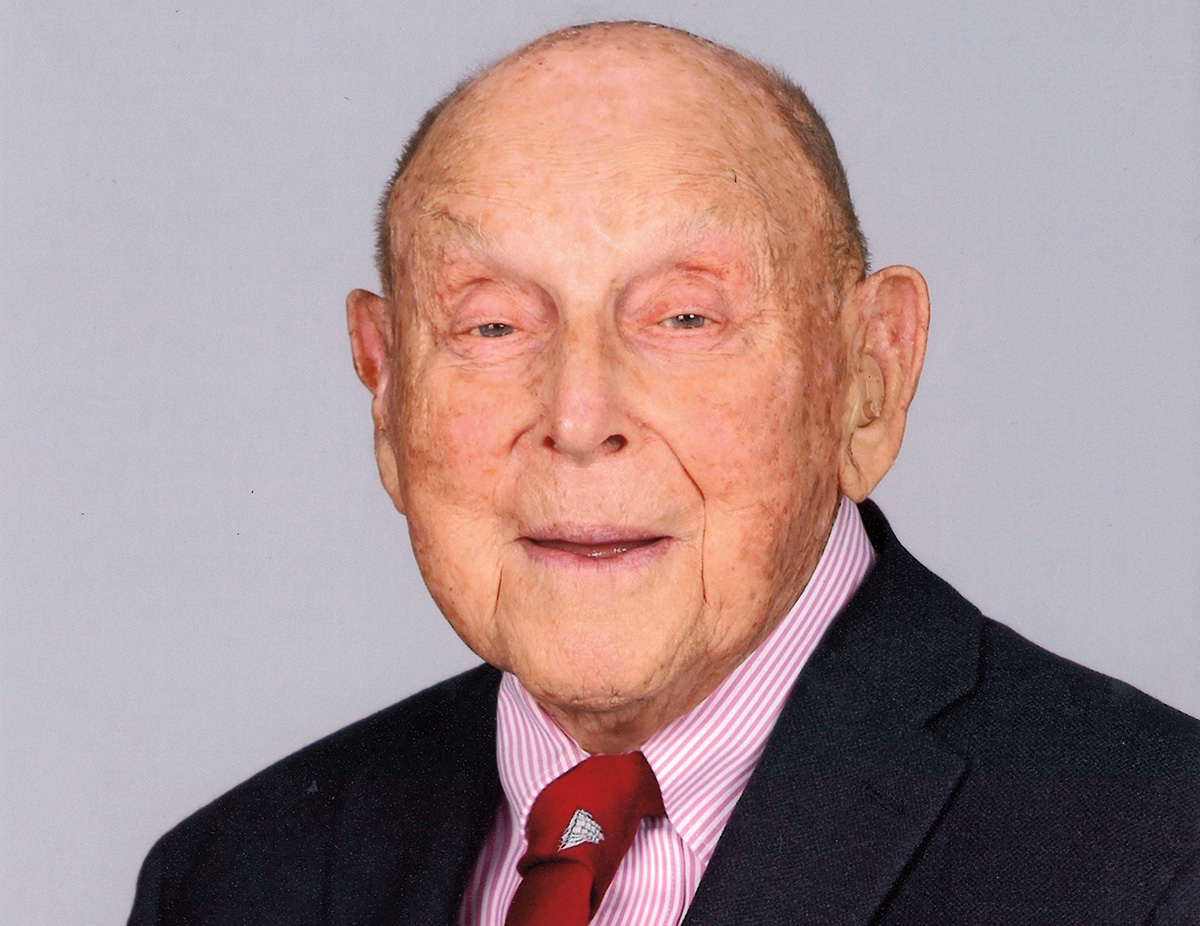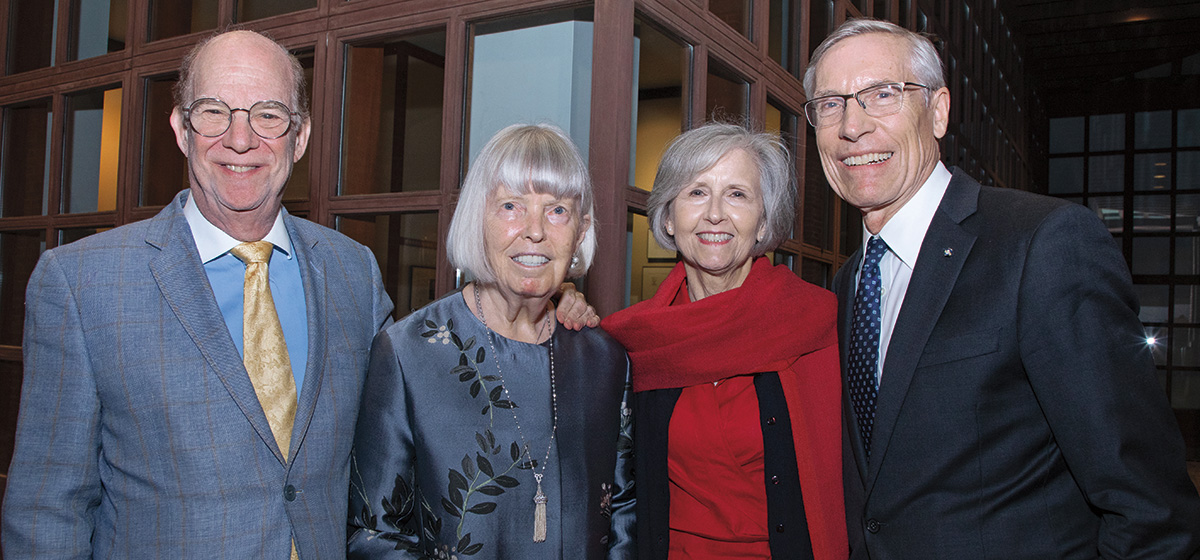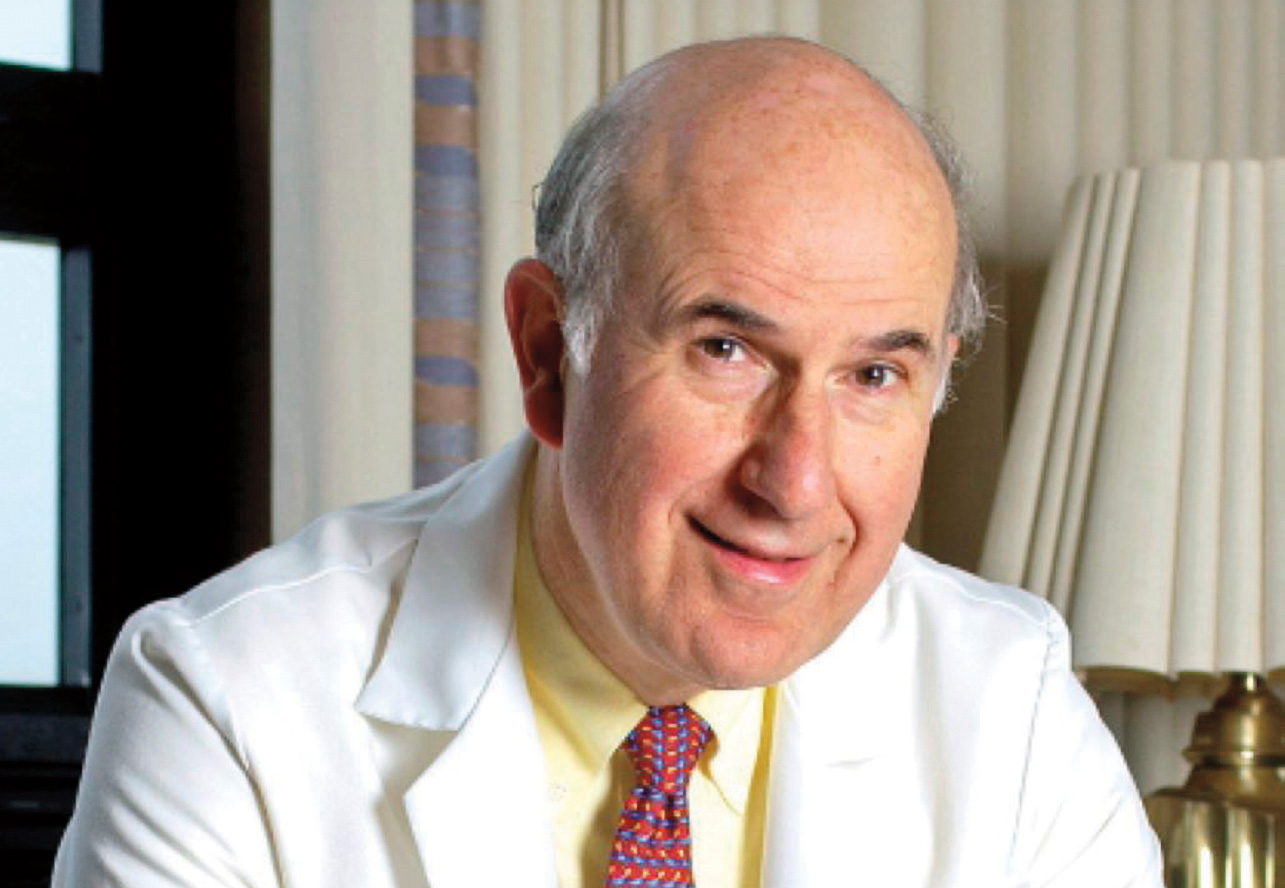Academy Patrons
Herbert George Weiss: A Beacon of Innovation
In the area of technological innovation, Herbert George Weiss is a pioneer whose contributions have left a lasting impact on radar, avionics, and renewable energy. His body of work is a testament to relentless curiosity, ingenious problem-solving, and a steadfast commitment to pushing the boundaries of what is possible.
Weiss’s early foray into the world of engineering was shaped by World War II, which interrupted his education at the Massachusetts Institute of Technology (MIT). He lent his talents to the war effort at MIT’s Radiation Lab, where his ingenuity led to the development of a lightweight receiver, a critical advancement in radar technology. He then served at the Los Alamos National Laboratory, applying his expertise to improve the mechanical engineering of the atomic bomb. Later, at Raytheon, he explored the burgeoning field of computer systems, laying the groundwork for the digital revolution that would transform the world.
However, it was at MIT’s Lincoln Laboratory where Weiss truly left an indelible mark. As head of the Radar Division, he spearheaded groundbreaking projects that reshaped the landscape of modern warfare and space exploration. From the development of the DEW and BMEWS systems, which formed the backbone of early warning defense networks, to the pioneering work on air-to-air collision avoidance systems and weather radars, Weiss’s fingerprints are etched into the fabric of technological history.
His vision extended far beyond the confines of Earth’s atmosphere. With the establishment of the Millstone, a high-powered experimental radar, and the Haystack radar astronomy facility, Weiss propelled humanity’s reach into the cosmos, revolutionizing our understanding of space and laying the groundwork for future endeavors in satellite detection and space communication. His accolades include the Air Force Outstanding Achievement Award and the prestigious Pioneer Award from the IEEE Aerospace and Electronic Systems Society.
In 1978, he pivoted toward renewable energy, founding one of the first wind-power companies, an example of his foresight and commitment to sustainable innovation. Beyond his professional endeavors, Weiss found partnership in his marriage to Ruth S. Weiss, a trailblazing psychiatrist and one of the first women to graduate from Harvard Medical School.
Elected to the Academy in 1965, Weiss has been a loyal member and donor to the Annual Fund. In fact, he has the longest record in Annual Fund giving, having made thirty-seven gifts. When asked about his longtime support, Weiss said, “In this period of great turbulence, the Academy continues to provide the ideas and leadership so urgently needed. It is a beacon of hope in a very dark landscape. The path toward a better future world will to a significant degree have its roots in the Academy.”
Born on October 2, 1918, Weiss is one hundred and five years young! As we reflect on his remarkable life and legacy, we are reminded that the true measure of greatness lies not only in the technologies we create, but in the lives we touch and the futures we shape. Herbert George Weiss is a true visionary, pioneer, and beacon of innovation for generations to come.
The Enduring Support of Jim and Cathy Stone
The names Jim and Cathy Stone have become synonymous with generosity and civic engagement. The James M. and Cathleen D. Stone Foundation champions causes that promote a more knowledgeable and inclusive society, with a special emphasis on environmental sustainability and the mitigation of wealth inequality. Jim and Cathy have established academic programs at eleven universities in the United States, Canada, and Europe to study and address inequality. These include the Stone Center on Socio-Economic Inequality at CUNY, the Stone Center for Inequality Dynamics at the University of Michigan, the Stone Center on Wealth and Income Inequality at UC Berkeley, and others. In addition, they created the Stone Living Lab on coastal resiliency at the University of Massachusetts Boston and the Museum of African American History Stone Book Award, an annual prize for the best scholarly book on African American history and culture.
The Stone’s philanthropic legacy is closely informed by their professional backgrounds. Jim worked in academia and government before putting his entrepreneurial acumen and leadership to work in the insurance field. He now owns one of the largest private insurance companies in New England. Meanwhile, Cathy’s legal expertise and environmental advocacy made her a trailblazer, way ahead of her time. Thirty years ago, she became the City of Boston’s first chief of environmental services. While serving as chief, she helped launch “Sustainable Boston” and was a part of the team that created the Boston Harbor Islands National Park.
As longtime members, Jim and Cathy have deeply valued and sought to support the connections and camaraderie that the Academy makes possible. According to Jim, “It has been an honor to establish connections and friendships with other members of the Academy. Each year Cathy and I look forward to welcoming the new class of members, who never cease to impress us with their talents, expertise, and commitment to the common good.”
For many years, they have been generous leadership donors to the Academy’s Annual Fund. Recently, they made an important additional commitment to fund the Platform Party Dinner, an annual event that fosters community and philanthropic spirit among members. Held during Induction weekend, the dinner provides an opportunity to express gratitude to all those who participated in the Induction ceremony, as well as to honor governance members and donors whose contributions are indispensable to advancing the Academy’s mission.
Through Jim and Cathy’s steadfast support for initiatives promoting sustainability, social justice, and academic inquiry, they not only transform institutions but also inspire a culture of giving and service. Their dedication to fostering connections and a spirit of philanthropy within the Academy exemplifies their commitment to building communities rooted in empathy and shared values. Jim and Cathy Stone are shining examples of the profound impact that generosity and compassion can have on shaping a brighter future for generations to come.
The Minerva Society
Gilbert Omenn: Investing in the Academy’s Future
Gilbert Omenn, Harold T. Shapiro Distinguished University Professor of Computational Medicine & Bioinformatics, Internal Medicine, Human Genetics, and Public Health at the University of Michigan, has had a distinguished career that encompasses scientific and leadership contributions bridging medicine, genetics, and public health.
Since his election to the Academy in 2001, he has been engaged in the life of the institution in a variety of ways: as a nominator, a participant in member meetings, and a member of the ARISE II (Advancing Research In Science and Engineering: The Role of Academia, Industry, and Government in the 21st Century) project committee. Reflecting on his experience working on a project, he says,
ARISE II was a committee of luminaries with very active discussion and lots of context from a previous Academy report (ARISE–Advancing Research In Science and Engineering: Investing in Early-Career Scientists and High-Risk, High-Reward Research) and complementary work at the National Academies, among others. The theme was collaborations and synergies across academia, industry, and government to address twenty-first-century challenges. I strongly encourage Academy members to propose projects and to participate in committees as well as contribute to Dædalus. Also, to be active in nominating diverse outstanding colleagues for membership.
A longtime supporter of the Academy’s Annual Fund, he and wife, Martha Darling, joined the Academy’s newly launched Minerva Society in 2021 by including the Academy in their estate plans. Legacy giving has provided resources for the Academy since its founding era, and that bridge between the history, the present, and the future is what motivates many donors to support the Academy in this way. In addition to his active involvement in the Academy’s work today, Dr. Omenn says, “I always enjoy coming to the building (in Cambridge) and revisiting the historic letters, including those from founding members!”
The Academy is deeply grateful to Dr. Omenn and Ms. Darling for their thoughtful and generous investment, which both honors the Academy’s history and will help secure its future.
Minerva Society Members
Joanne Berger-Sweeney
Louise Henry Bryson and John E. Bryson
Mabel Cabot
Alan M. Dachs
Mathea Falco
Frances Daly Fergusson
Richard L. Garwin
John G. Hildebrand and Gail D. Burd
Leonard Levie
Mary P. McPherson
Gilbert S. Omenn and Martha Darling
David W. Oxtoby and Claire Oxtoby
John W. Rogers, Jr.
James A. Stimson and Dianne Stimson
Anonymous (7)


